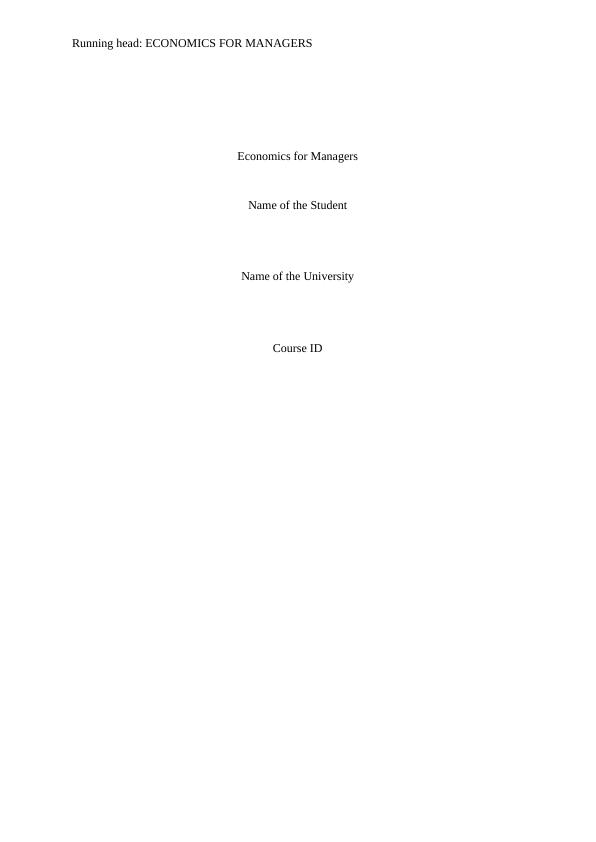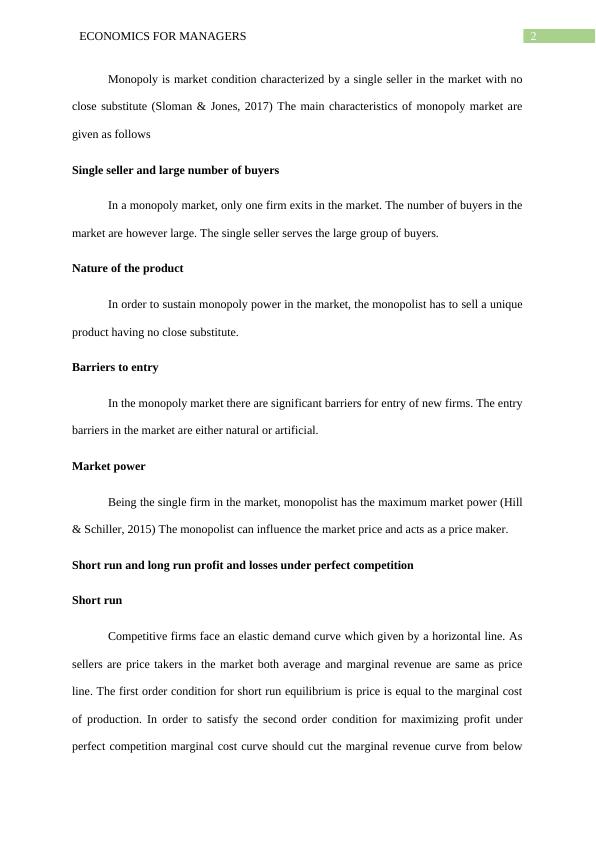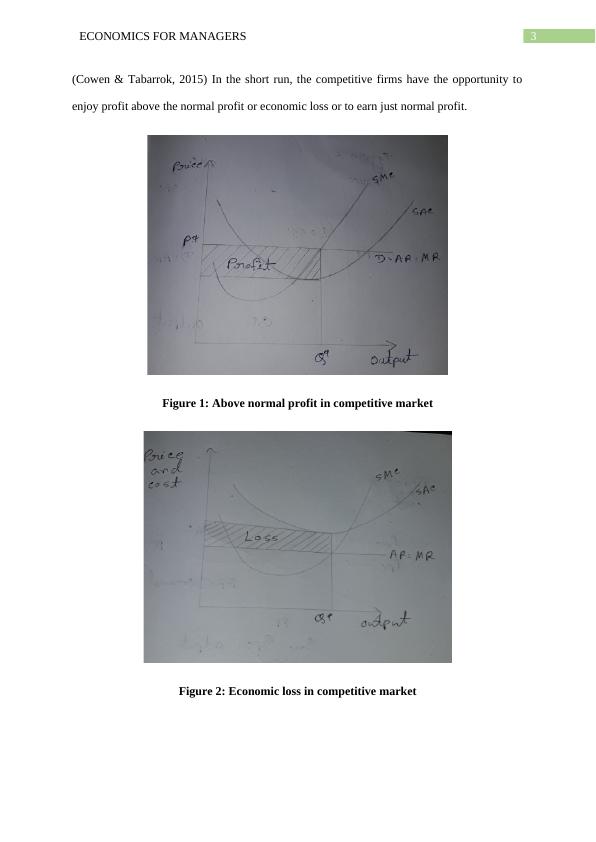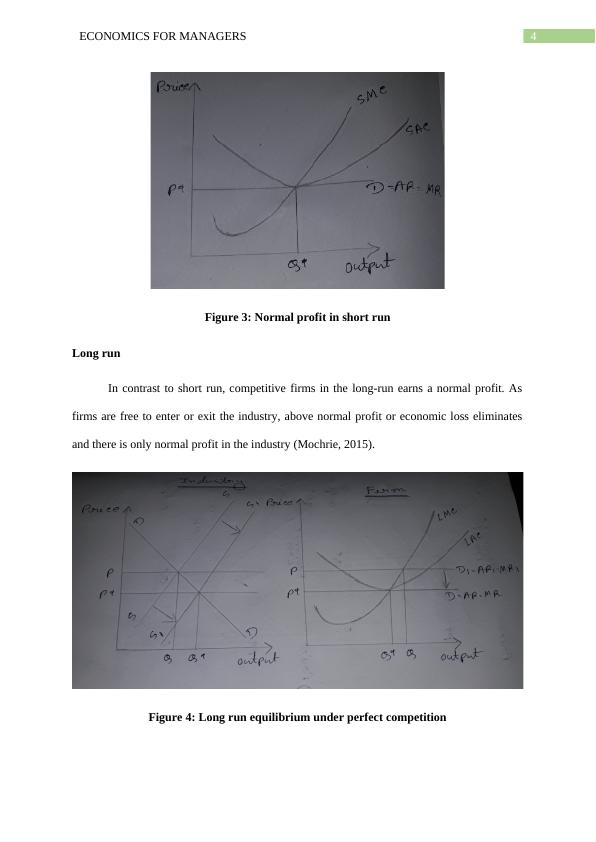Economics for Managers
21 Pages3971 Words408 Views
Added on 2023-04-21
About This Document
This document provides study material and solved assignments for the Economics for Managers course. It covers topics such as perfectly competitive market, monopoly, short run and long run profit and losses, oligopoly market, and the problem of housing affordability in Australia.
Economics for Managers
Added on 2023-04-21
ShareRelated Documents
End of preview
Want to access all the pages? Upload your documents or become a member.
Characteristics of Perfect Competition and Monopoly Market
|19
|4154
|468
Principles of Microeconomics Assignment
|13
|2832
|54
Perfect Competition and Monopole: Basic Characteristics of Perfect Competition
|22
|4145
|70
Economics for Managers: Perfect Competition, Monopoly, Oligopoly, and Australian Supermarket Industry
|16
|4513
|222
Types of Market Structure: Perfect Competition, Monopoly, Oligopoly, Monopolistic Competition
|19
|4224
|23
Monopoly Market Structure: Characteristics and Case Study of Australian Post
|10
|2178
|251






